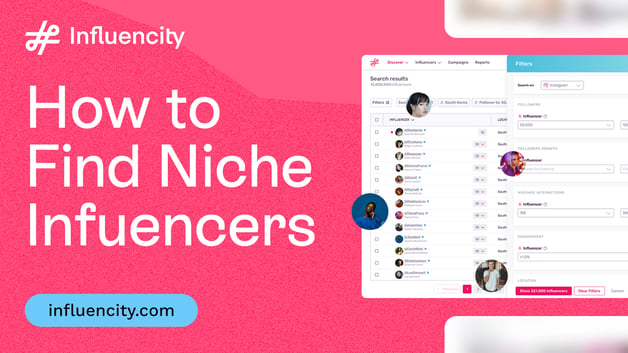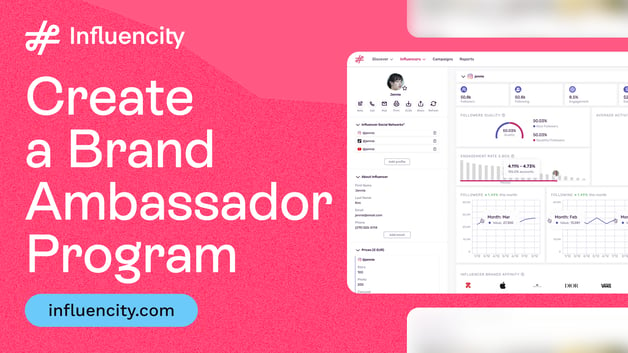Common Mistakes Agencies Make When Pitching Influencer Marketing (and How to Avoid Them)
Let’s be real. Pitching influencer marketing to clients isn’t as easy as it sounds. You know it works, your agency has probably seen great results, and yet, sometimes, a pitch just doesn’t land. What gives?
The truth is, a lot of agencies make the same avoidable mistakes when crafting their influencer marketing pitch. They either rely on generic presentations, overpromise results, or fail to align with what the client actually needs. The good news? These mistakes can be easily fixed. Let’s walk through the most common missteps and how to avoid them.
1. Not Doing Enough Research
One of the biggest influencer marketing mistakes agencies make is failing to research both the client and the influencers they suggest. If you walk into an influencer marketing pitch with a one-size-fits-all plan, clients will notice. Every brand has a different audience, tone, and marketing goals. You can’t just pick influencers based on their follower count and hope for the best.
What to do instead:
Before pitching, study the brand inside out. Understand their audience, competitors, and past marketing efforts. Use influencer analytics tools to identify influencers whose audience actually aligns with the brand’s target market. Look beyond vanity metrics and focus on engagement rates, audience demographics, and past collaborations. Show the client that your proposed influencers are not just popular but actually relevant.
2. Setting Unrealistic Expectations
Influencer marketing is effective, but it’s not magic. Some agencies make the mistake of promising quick and impressive results, thinking that’s what clients want to hear. While influencer campaigns can have an immediate impact, they work best when part of a long-term strategy. Overpromising in your influencer marketing pitch can backfire, leading to disappointed clients who feel misled.
What to do instead:
Be honest about what influencer marketing can achieve. Show real case studies with realistic timelines and expected results. Break down what success looks like based on the client’s goals, whether that’s engagement, conversions, or brand awareness. Set clear KPIs and communicate that influencer marketing is a long-term play. When you manage expectations properly, clients will be more likely to trust the process and stick with it.

3. Using a Generic, One-Size-Fits-All Pitch
Clients can tell when they’re getting a recycled pitch. If your influencer marketing pitch is too generic, it won’t resonate. Brands want to see that you understand their unique identity, audience, and challenges. A pitch that feels impersonal is unlikely to excite or convince them that you are the right agency for the job.
What to do instead:
Personalization is everything. Start by showing the client that you’ve done your homework. Reference their past campaigns, highlight what’s working and what isn’t, and propose influencer partnerships that fit their specific brand voice. Use examples of similar brands that have had success with influencer marketing. When a pitch feels custom-made, the client is far more likely to see the value in it.

4. Ignoring the Power of Storytelling
If your influencer marketing pitch is just numbers, strategies, and graphs, you’re missing an opportunity to make it memorable. Clients don’t just want data. They want to feel inspired. Influencer marketing is about authentic connections, and your pitch should reflect that.
What to do instead:
Incorporate storytelling into your pitch. For example, instead of simply saying, “This influencer has a great engagement rate,” explain why their content connects with their audience. Share a success story from a past campaign. Describe a real scenario where an influencer helped a brand grow. Help the client visualize what working with an influencer could look like for their brand. When people see the emotional impact of influencer marketing, they are more likely to believe in its potential.
5. Focusing Too Much on Vanity Metrics
It’s easy to get caught up in big numbers. Huge follower counts and millions of views look impressive, but clients care about real results. If your influencer marketing pitch focuses only on reach and impressions without explaining actual business impact, clients may question whether influencer marketing is worth the investment.
What to do instead:
Shift the focus to meaningful engagement. Instead of just talking about an influencer’s reach, highlight how they drive conversations, build trust, and influence purchasing decisions. Show past campaigns that led to website traffic, product sales, or brand loyalty. When you present influencer marketing as more than just exposure, clients will understand its real value.
6. Overlooking the Client’s Goals
Not every client wants the same thing. Some are looking for brand awareness, while others care about direct sales. If your pitch isn’t aligned with what the client actually wants, they won’t see the relevance of influencer marketing to their business.
What to do instead:
Ask questions before delivering your pitch. Make sure you understand the brand’s priorities, challenges, and key marketing objectives. Then, structure your pitch around those goals. If they want more website traffic, focus on influencers who have successfully driven conversions. If they care about community building, highlight influencers who spark genuine engagement. When your pitch is built around their needs, it becomes much more compelling.
7. Poor Communication and Follow-Up
Even the best pitch can fall flat if there’s no clear next step. Some agencies give a great presentation but then disappear, leaving clients confused about what happens next. A lack of follow-up can make the client lose interest or feel unsure about moving forward.
What to do instead:
Communication doesn’t stop after the pitch. Send a follow-up email summarizing key points, the proposed strategy, and action items. Offer to answer any additional questions. If a client is hesitant, ask for feedback and address their concerns. Keeping the conversation going shows professionalism and keeps the momentum alive.
8. Not Highlighting Influencer Marketing ROI
Clients need to see a return on investment. Some agencies get so caught up in the creative side of influencer marketing that they forget to show how it directly impacts revenue. If the client doesn’t see clear financial value, they won’t commit.
What to do instead:
Make ROI a key part of your pitch. Show case studies of past campaigns that resulted in increased sales, customer engagement, or website traffic. Use data to demonstrate the connection between influencer content and measurable business outcomes. By clearly presenting influencer marketing ROI, you eliminate doubt and make it easier for clients to justify the investment.

So, What’s the Bottom Line?
At the end of the day, pitching influencer marketing isn’t just about showing off numbers or listing influencers with big followings. It’s about making a real connection with your client and their goals. A great influencer marketing pitch should feel like a conversation, not just a presentation. It should spark excitement, build trust, and leave the client feeling confident that influencer marketing is the right move for them.
When you take the time to do your research, personalize your approach, and tell a compelling story, you’re not just selling a strategy. You’re painting a picture of what’s possible for their brand. And that is what truly wins clients over.
So before your next pitch, step into the client’s shoes. What would make you excited to invest in influencer marketing? The more you tailor your approach, the more successful you’ll be. And when your clients succeed, so do you.
Tags:



![TEMPLATE + PLAYBOOK Influencer Marketing Campaign Proposal Template [+ Playbook] Download our ready-to-use templates to pitch your influencer marketing campaigns like a pro! Impress clients, secure approvals, and set the foundation for success. Get them now!](https://no-cache.hubspot.com/cta/default/3449185/interactive-185291239548.png)



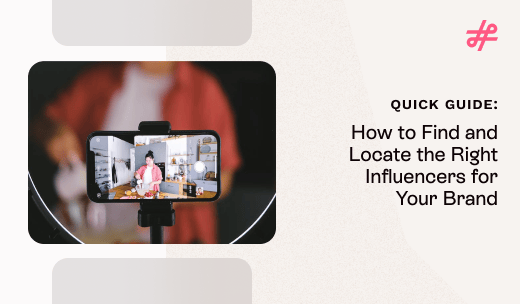








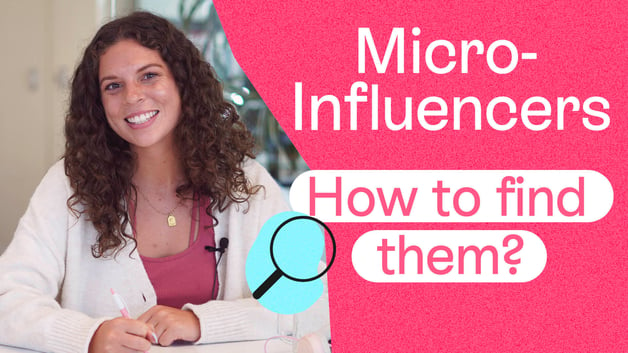


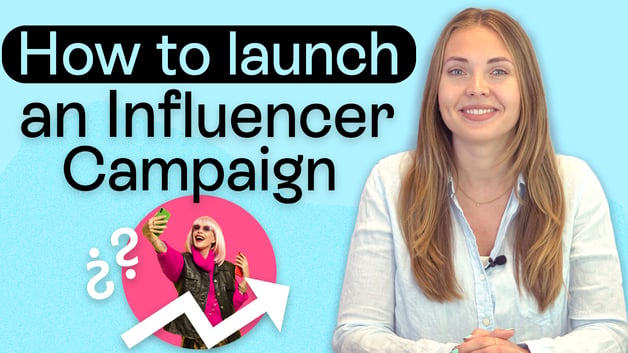

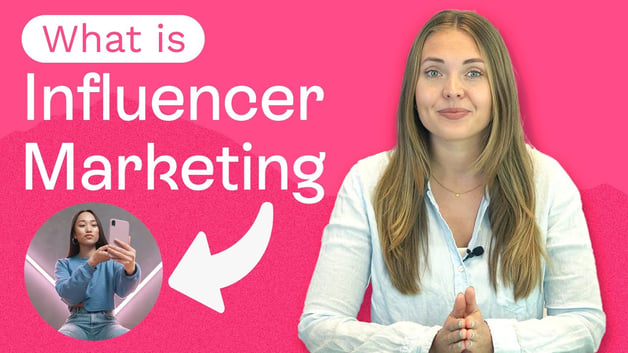

%20and%20How%20Can%20They%20Benefit%20Your%20Brand%20article.jpg?length=628&name=What%20Are%20Key%20Opinion%20Leaders%20(KOL)%20and%20How%20Can%20They%20Benefit%20Your%20Brand%20article.jpg)
